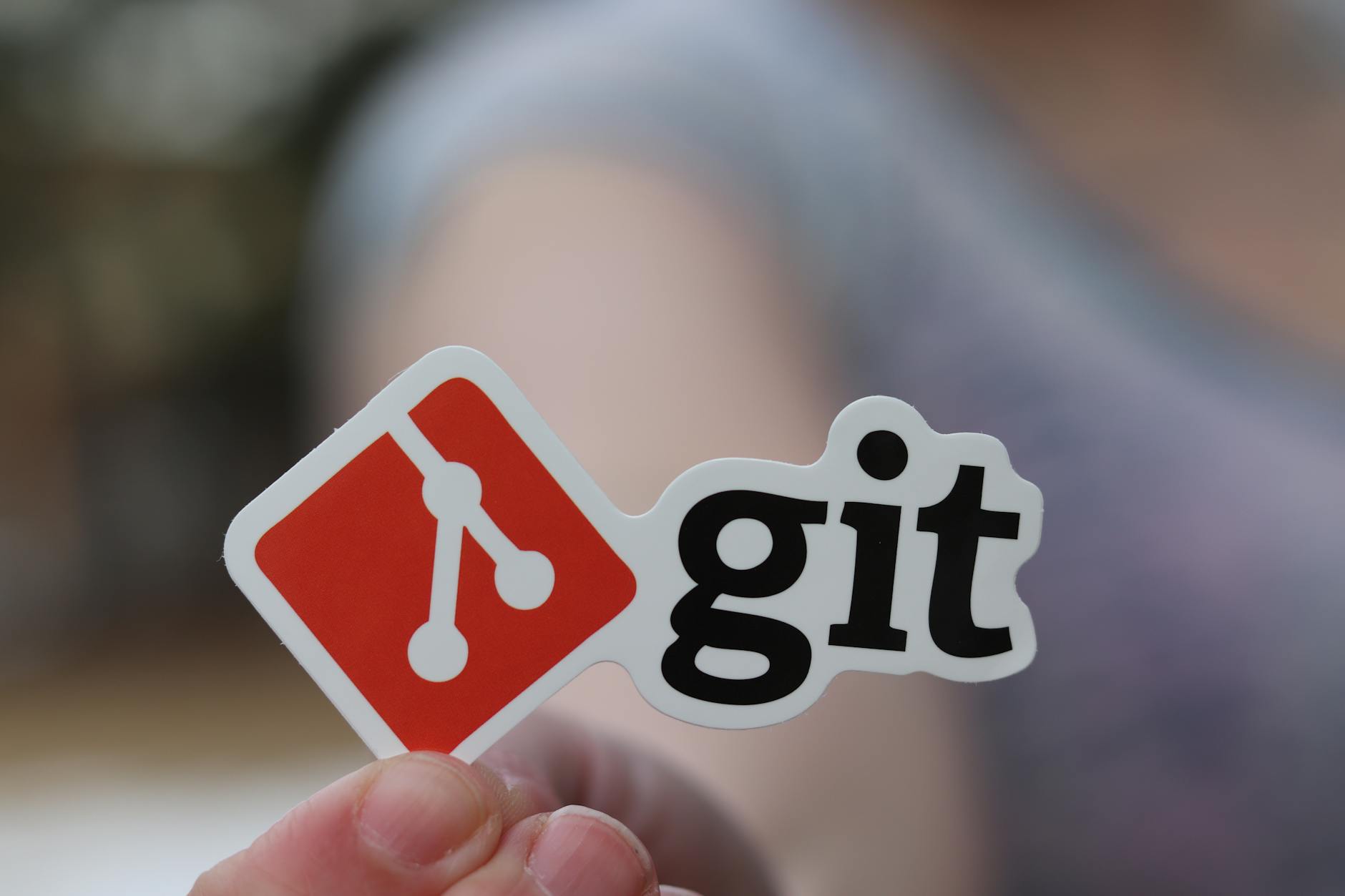Since I get asked to evaluate lots of Linux software in my new job, I thought I’d install Red Hat Linux 8.0 and see how hard it is to get it to work in a Windows world. The Linux folks have made great progress, but there is no easy transition/migration guide. I’m a little surprised. I would have thought that there would be a whole web site on this, but I can’t seem to get google to find it for me. In any case, here’s my own little guide to using Linux if you are a Windows user. It goes through installation and getting a machine to the point where you can use it like Windows.
- Red Hat Getting Started. Red Hat has tons of manuals, but interestingly, none for Windows users. If you like to read before doing, glance through this. The decoder ring here is that Gnome is like the Windows user interface, Bash is like the DOS command line, Mozilla is like Internet Explore, Nautilus is like File Manager and OpenOffice is like Office. If you aren’t big into reading manuals first, the main thing is that there is a “Red Hat” at the bottom left of the screen. This is like the Start menu in Windows. Click it and you can see most of the programs. Home Foler is like My Documents by the way and there isn’t an equivalent to My Computer.
- Ximian Evolution for email. If you are like me, the first thing to do is to start reading some email. The icon third icon from the left at the bottom starts something called Ximian Evolution. This is a like Outlook PIM. The main issue is how to connect it to Exchange. This requires that you have Exchange 2000 and that you buy a separate Ximian Exchange connecto from Ximian to allow you to see contacts, calendars and email. I haven’t gotten this running yet as we are just switching to Exchange 2000 now, but you’ll need that.
- Nautilus. This is the file manager for Gnome that installs by default. A little hard to start navigating because there is no My Computer. Instead, you choose Red Hat/Home Folder and this is equivalent to My Documents and you navigate from there.
- Setting up a network printer. Printers are not setup automatically when you install, you need to goto Red Hat and look for System Settings. System Setting is like the Windows Control Panel. Pick the Printing menu item. I’ll use the notation choose Red Hat/System Settings/Printing as shorthand for this action from now on. It will ask for the root password, this is the admin account. Now choose New and you’ll see a pretty techie dialog that lets you pick the kind of printer that you want. BTW a Linux queue is like a Windows printer. Most likely, you’ll want to pick Windows printer. This means a printer that is hung off a Windows machine. At Ignition, we use HP printers that are hung directly off the network. These are called Jetdirect printers. In both cases, you’ll need to know some magic TCP/IP addresses. For Windows, it is the IP address of the server, for Jetdirect, the IP address of the printer. To test, this, you can go to the items at the bottom and see ifyou can print from Evolution.
- Open Office for Office. With a place to print, you can now configure Open Office. These are Office equivalents that live in Red Hat/Office. Impress is like PowerPoint, Calc is like Excel, Writer is like Word. YOu get the picture. The main thing to do here is to change the file defaults, so that they read and write Office files instead of their own funky format. So, start Writer and choose Tools/Options. Goto the Load/Save tab and click on General tab and look for Document Type and change Text document Always Save as to Word, Spreadsheet to Excel, Presentation to PowerPoint. YOu also need to make the same change in the section called Microsoft Office. The former change makes sure you write Office file formats. The latter that embedded objects are correctly converted
- Samba for Windows file servers. OK, now the hardest part so far, access Windows file servers. This is not installed as part of the basic installation, so you need to choose Red Hat/System Settings/Packages. This is like choosing Start/Control Panel/Add or Remove Programs. Go down into the dialog and find the entry called Windows File Server and cllck on all of those items. It should now ask you for the Linux installation disks and install something called Samba.
- Net use. There doesn’t to be a way to browse the network neighborhood to look for printers, so you have to use the equivalent of the DOS command, “net use.” So, you need start a command line by choosing Red Hat/System Tools/Terminal. This starts something called Bash which is like the command line. Then you need to type in the commands “su” which makes you the admin (they called it the root), then you need to make a directory where you are going to net use. For instance, “mkdir /home/rich/presents” would create an empty directory where you are going to share. Then you need to type in this stuff, “mount -t smbfs -o username=rich,password=foobar //ignit2/presents /home/rich/presents”. This means that you can now find the contents of //ignit2/presents at /home/rich/presents. BTW, one of the strange things is that a forward slash is like a backslash in Windows.
- Network Neighborhood Equivalent. Not included in Red Hat is a graphical way to look for SMB shares at least that I could find. HEre’s a list of separate ones to install.





